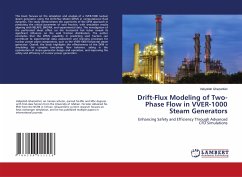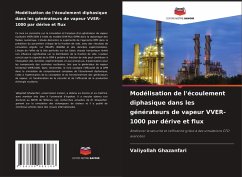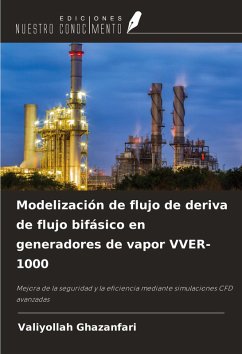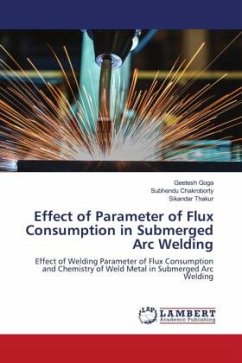
Drift-Flux Modeling of Two-Phase Flow in VVER-1000 Steam Generators
Enhancing Safety and Efficiency Through Advanced CFD Simulations
Versandkostenfrei!
Versandfertig in 6-10 Tagen
29,99 €
inkl. MwSt.

PAYBACK Punkte
15 °P sammeln!
This book focuses on the simulation and analysis of a VVER-1000 nuclear steam generator using the Drift-Flux Model (DFM) in computational fluid dynamics. The study demonstrates the superiority of the DFM approach in predicting the critical parameter of void fraction, with simulation results aligning with RELAP5, BAGIRA, and experimental data. The investigation of the perforated sheet effect on the horizontal hot tubes reveals its significant influence on the void fraction distribution. The author concludes that the DFM's capability in predicting void fraction can contribute to experimental dat...
This book focuses on the simulation and analysis of a VVER-1000 nuclear steam generator using the Drift-Flux Model (DFM) in computational fluid dynamics. The study demonstrates the superiority of the DFM approach in predicting the critical parameter of void fraction, with simulation results aligning with RELAP5, BAGIRA, and experimental data. The investigation of the perforated sheet effect on the horizontal hot tubes reveals its significant influence on the void fraction distribution. The author concludes that the DFM's capability in predicting void fraction can contribute to experimental data assessment and licensing processes for nuclear power plant components, such as the VVER-1000 horizontal steam generator. Overall, the book highlights the effectiveness of the DFM in simulating the complex two-phase flow behavior, aiding in the optimization of steam generator design and operation, and improving the safety and efficiency of nuclear power generation.














